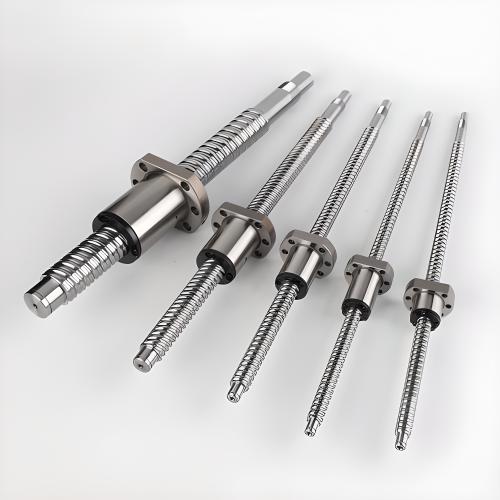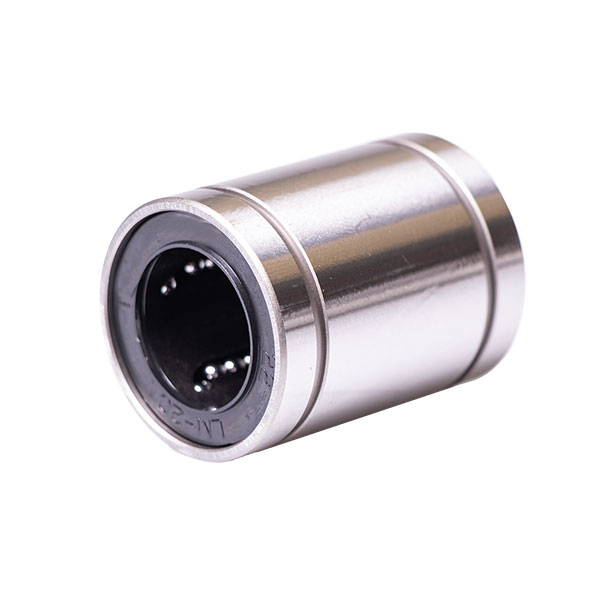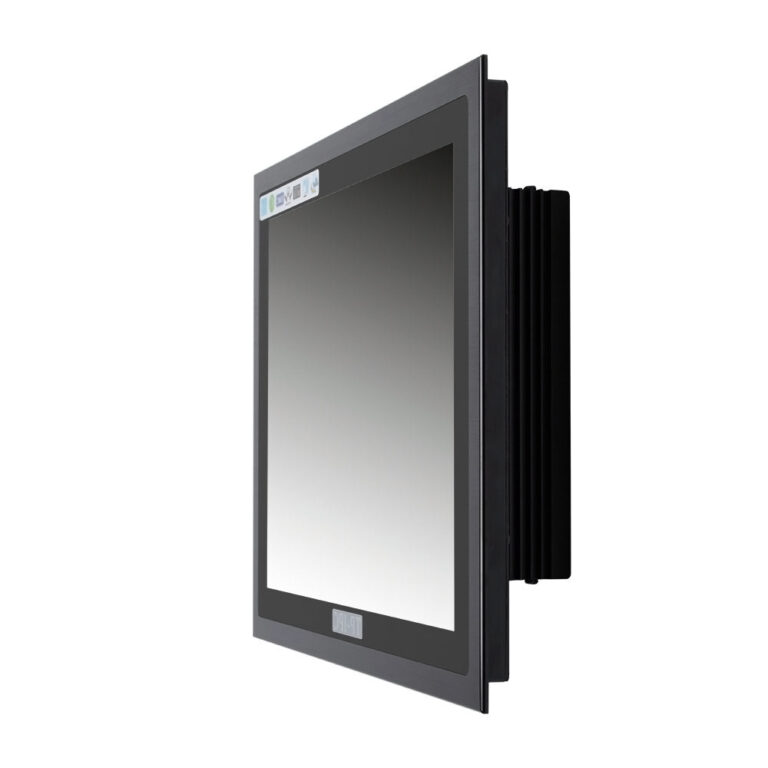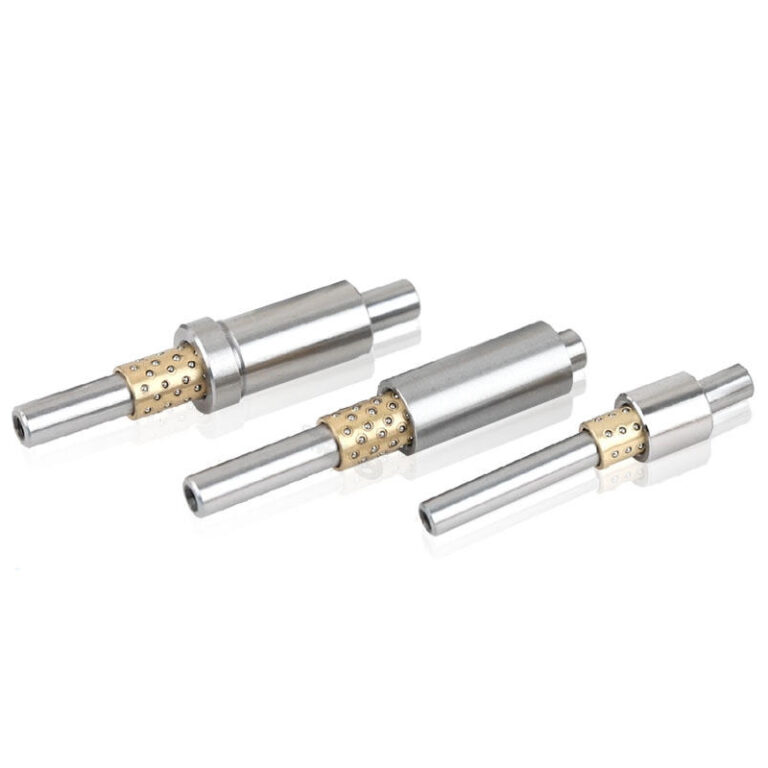Computer Numerical Control (CNC) machining is a manufacturing process that utilizes computerized controllers to operate machine tools. This technology has been in existence for several decades and finds widespread applications in industries such as aerospace, medical, industrial, and electrochemical.
CNC Turning:
CNC turning is a machining process that involves using Computer Numerical Control (CNC) to rotate a workpiece fixed in a chuck. This rotational motion, combined with the movement of the cutting tool, allows for precise and repeatable machining of cylindrical parts.
CNC turning is versatile, suitable for manufacturing parts of various shapes and sizes, ranging from small components to large workpieces. This process is particularly well-suited for high-volume production and one-off parts, making it a multifaceted manufacturing solution.
It is a subtractive manufacturing process, meaning material is removed from the workpiece to form the desired shape. CNC turning can be performed on various materials, including metals, plastics, and composite materials.
Advantages of CNC Turning:
Significantly improves production speed and accuracy.
Capable of producing parts with very small tolerances.
Allows for the creation of complex shapes that may be challenging or impossible using other methods.
A rapid and efficient method for large-scale production of parts.
Applicable to various materials, including metals, plastics, and composite materials.
Widely used in manufacturing for diverse parts and products.
Another notable advantage of CNC turning is its ability to reduce waste in the manufacturing process. This is achieved by programming CNC machines to produce parts with very specific dimensions, thereby minimizing the need for material trimming or other forms of waste.
In summary, the benefits of CNC turning make it advantageous for a variety of manufacturing environments, enhancing production speed, accuracy, and efficiency, ultimately contributing to increased overall efficiency and profitability for businesses.
CNC Milling:
CNC milling is a machining process that utilizes computer control to remove material from a workpiece using rotating cutting tools. Tool paths are created from CAD files and uploaded to CNC machines, which then control the tool’s movement to remove material and create the desired shape. This process can be applied to various materials, including metals, plastics, and composite materials.
CNC milling is a versatile machining process used for producing a wide range of high-precision parts. It is also employed to manufacture parts with various surface finishes and is commonly used in aerospace, automotive, medical, and energy industries.
Advantages of CNC Milling:
Allows for precise and repeatable machining of parts.
Capable of creating complex shapes and geometries.
Used for manufacturing parts with high dimensional accuracy.
Applicable to producing parts with smooth surface finishes.
Suitable for creating parts with different material characteristics.
Used for manufacturing parts with varying thicknesses and sizes.
In conclusion, CNC milling is a popular manufacturing process due to its numerous advantages, including improved precision, repeatability, productivity, versatility, and waste reduction. This technology can be applied to create a wide array of parts and products, ranging from simple prototypes to complex final-use components.
While both CNC turning and milling are processes used to manufacture parts and products from raw materials, there are key differences between the two. CNC milling involves rotating cutting tools to remove material from a typically square or rectangular fixed workpiece. On the other hand, CNC turning primarily revolves around a lathe that rotates cylindrical bar stock, utilizing cutting tools to remove material.
Ultimately, the decision between CNC turning and milling depends on the specific requirements of your project. Both processes are capable of producing high-quality parts and products.






